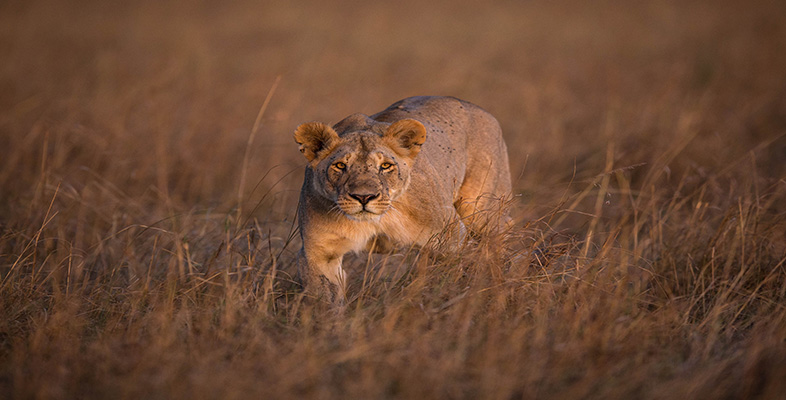Fur
Fur is important in thermoregulation, but a conspicuous coat may proclaim sexual dominance or warn off competitors. It's similarly important for predators to remain unseen for as long as possible. The most familiar type of camouflage is the colour of the hunter merging into the background environment colour - think about stoat in winter (ermine), polar bears against the ice of the Arctic and lions against the baked soil and dried grass of Africa. But equally important is the patterned fur of carnivores such as tigers and leopards. This cryptic coloration disrupts the body outline, making the stalking predator less visible to its prey. In some settings, such as zoos and in snow (the Siberian tiger in the TV programme and on the cover of LoM), tigers may stand out, but field workers reported how cryptic these animals often are in many wild habitats. The tiger's camouflage is effective in long grass and dappled sunlight; bear in mind that the majority of prey animals see the tiger only with black and white vision.
